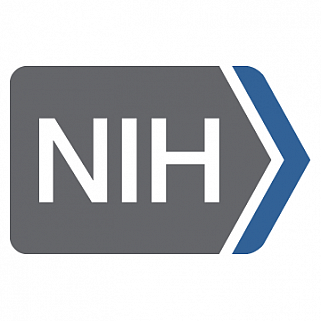This is a guest blog from Susan K. Gregurick, Ph.D. Dr. Gregurick is the Associate Director for Data Science and Director of the Office of Data Science Strategy (ODSS). More information about ODSS can be found at: https://datascience.nih.gov/
A $500,000 prize purse, rewarding data sharing and reuse in biomedical research, is a new, innovative strategy for supporting the research community. The DataWorks! Prize highlights the role of data sharing and reuse in scientific discovery while recognizing and rewarding researchers who engage in these practices. This prize, which launched on May 11, 2022, is a partnership between the NIH Office of Data Science Strategy and the Federation of American Societies for Experimental Biology (FASEB).
The future of biological and biomedical research hinges on researchers’ ability to share and reuse data. Sharing and reuse had a sizable, catalytic impact on the development of COVID-19 vaccines and treatment protocols. The DataWorks! Prize is an opportunity for the research community to share their stories about the practices, big and small, that lead to scientific discovery.
To participate, research teams share their stories through a simple two-stage application. Through narrative prompts, teams share details of the practices they used, the scientific impact of their achievements, and the potential for replicating their practices for further scientific research. This year, the DataWorks! Prize purse is up to $500,000 across 12 monetary awards including two $100,000 grand prize awards.
Beyond monetary awards, the DataWorks! Prize is an opportunity for the research community to learn from peers and apply those lessons to their research practices. The innovative approaches and tools from prize winners will be highlighted in a symposium 2023 and made available to support community learning.
As implementation of the NIH Data Management and Sharing Policy draws near, consider the broader intent of this policy: building a culture of data sharing and reuse in the biomedical research community. Incentives are a major part of culture change and we are excited to provide a space for the community to share their achievements and learn together. Through initiatives like the prize and the launch of the new sharing.nih.gov website, we are taking new steps to support the future of biological and biomedical research at the center of the NIH’s Data Management and Sharing Policy.
The DataWorks! Prize is currently open for submissions. Participants must register to participate by June 28, 2022 – visit Challenge.gov for more information and to apply.








